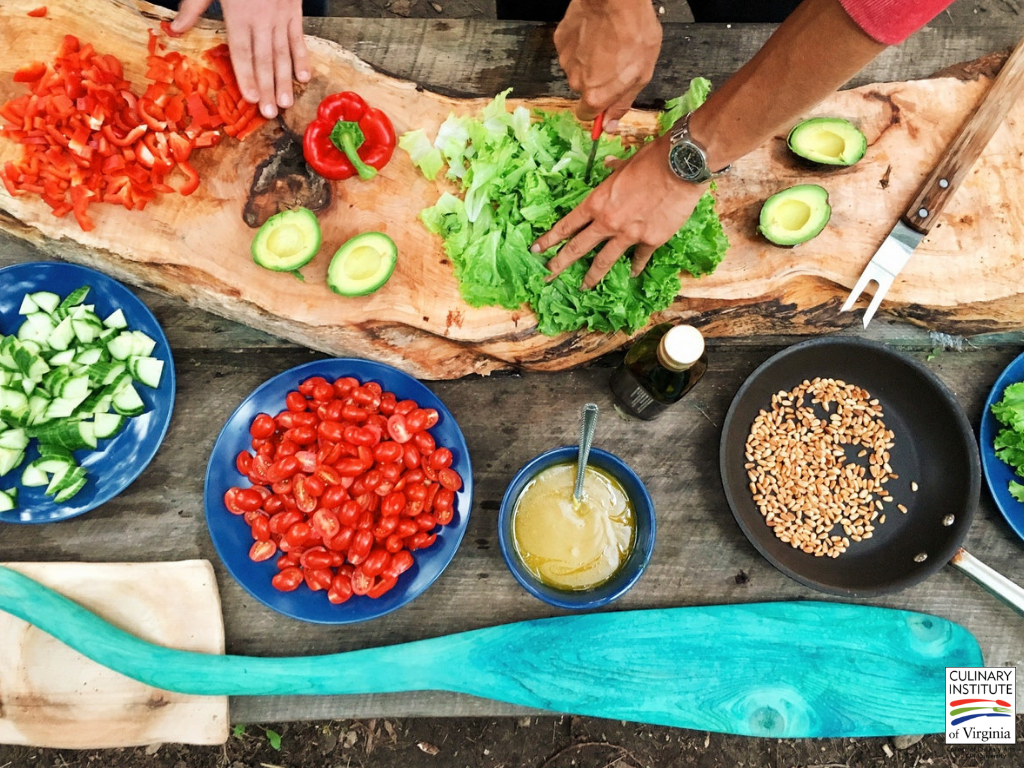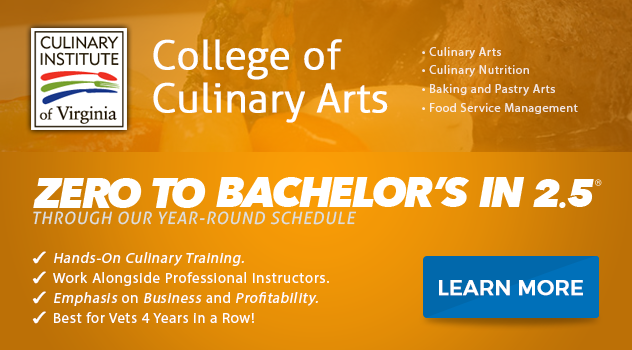
Cooking, baking, pastry-making, and other related crafts are known as the culinary arts, and for good reason. It takes skill and creativity to create, present, and evaluate what we consume daily, even when the final product is microwaved or handed to the diner through a drive-thru window. And like other artistic achievements, popular foods and beverages have been analyzed and copied.
Legendary stories chronicle the lengths the Coca-Cola Company has gone to in order to protect its secret recipe; and they have only enhanced the cachet of a virtually ubiquitous beverage. Some kitchen counterfeiters are home cooks looking to copy restaurant favorites to save themselves the trouble of going out, or just to have the satisfaction of solving a mystery. Others are business rivals looking to crack their competitors’ secrets and dominate the market. Either way, they all aim to recreate a work that took training and experimentation to bring forth an unforgettable gastronomic experience.
Sacher-Torte
The Sacher-Torte is a dessert fit for a king, with dense layers of chocolate cake, apricot jam, and a rich chocolate frosting. Created by Franz Sacher in 1832 for Prince Klemens Wenzel von Metternich, ownership of the recipe has been the subject of heated debates and lawsuits. You can buy "The Original Sacher Torte" from the Hotel Sacher or the "Eduard Sacher-Torte" at the Demel bakery and taste the differences made necessary after a battle for control over the original recipe.
Kentucky Fried Chicken
Despite its humble appearance in cardboard buckets, the recipe for Kentucky Fried Chicken is a gold mine. KFC claims it uses "11 herbs and spices." One lab claimed to only find flour, salt, and MSG in its analysis. Copycat recipes abound in cookbooks and on the Internet, some of which do use eleven herbs and spices, including sage, nutmeg, coriander and parsley. The varying recipes stress the importance of order and process in cooking; melted butter is not the same as solid butter in baking, and a layer of spice topped by a layer of flour yields a different texture from a blend of spices and flour applied as one.
McDonald's French Fries
The secret of McDonald's French Fries is two-fold; their ingredients vary by country, and their process is also protected. In the United States, up to nineteen ingredients are used, including those to enhance flavor, add a golden tint, and preserve freshness. In the United Kingdom, however, the only ingredients are potatoes, vegetable oil, dextrose (a type of sugar) and salt. How the fries are sliced, frozen, the blend of the oils and frying time are part of a secret process that gives McDonald's fries the flavor and texture that James Beard once praised.
Famous Amos Cookies
Slightly more crumbly than shortbread, and packed with chocolate in every bite, Famous Amos Cookies are a distinctive take on a classic. Said to be based on a family recipe, Wally Amos came to Hollywood to help make actors famous as an agent, but his most successful client was born in his oven. The exact ratio of brown to white sugars, the temperature of the fats used, and the type and amount of flours used have sparked lively debates among home bakers.
Big Mac Sauce
It reminds most people of Thousand Island dressing, but it's different enough to fetch prices of up to $17,000 USD when McDonald's made it available for sale in Australia. It's the Big Mac Special Sauce, and it's almost never available outside of a Big Mac; McDonald's restaurants don't keep it packaged for later application by customers, like ketchup or the dipping sauces for McNuggets. Close copies exist, but McDonald's keeps the recipe under wraps.
Krispy Kreme Glazed Donuts
Many sought after recipes are deceptively simple, and the recipe for Krispy Kreme Glazed Donuts represents this best. The glaze is, at heart, a basic powdered sugar-based glaze, but the ingredients needed for the exact consistency and flavor of the classic Krispy Kreme donut are a mystery. The donuts emerge from the fryer apparatus still warm, light, and fluffy, and with a glaze that must be vanilla. The base recipe for the donuts and the glaze has been often imitated, but never exactly duplicated.
Bush's Baked Beans
Secret recipes are jealously guarded, but someone is eager to spill the beans on Bush's Baked Beans. Duke, the Bush family dog, frequently appears in commercials offering not just the canned beans, but the full recipe actually for sale. If the copycats don't come close enough, a treat for Duke might get you the exact proportions of bacon, brown sugar, spices, and other ingredients that the beans contain.
Your Culinary Arts Degree Could Be 15 Months Away!
The skills you need to analyze and recreate popular recipes, or better yet, create a recipe worth copying, could be yours in less than two years. Through ECPI University’s College of Culinary Arts, Culinary Institute of Virginia, you could earn an Associate of Applied Science in Culinary Arts in as little as 15 months through our year-round curriculum. Contact us today—it could be the Best Decision You Ever Make!
DISCLAIMER – ECPI University makes no claim, warranty or guarantee as to actual employability or earning potential to current, past or future students or graduates of any educational program we offer. The ECPI University website is published for informational purposes only. Every effort is made to ensure the accuracy of information contained on the ECPI.edu domain; however, no warranty of accuracy is made. No contractual rights, either expressed or implied, are created by its content.
For more information about ECPI University or any of our programs click here: http://www.ecpi.edu/ or http://ow.ly/Ca1ya.



